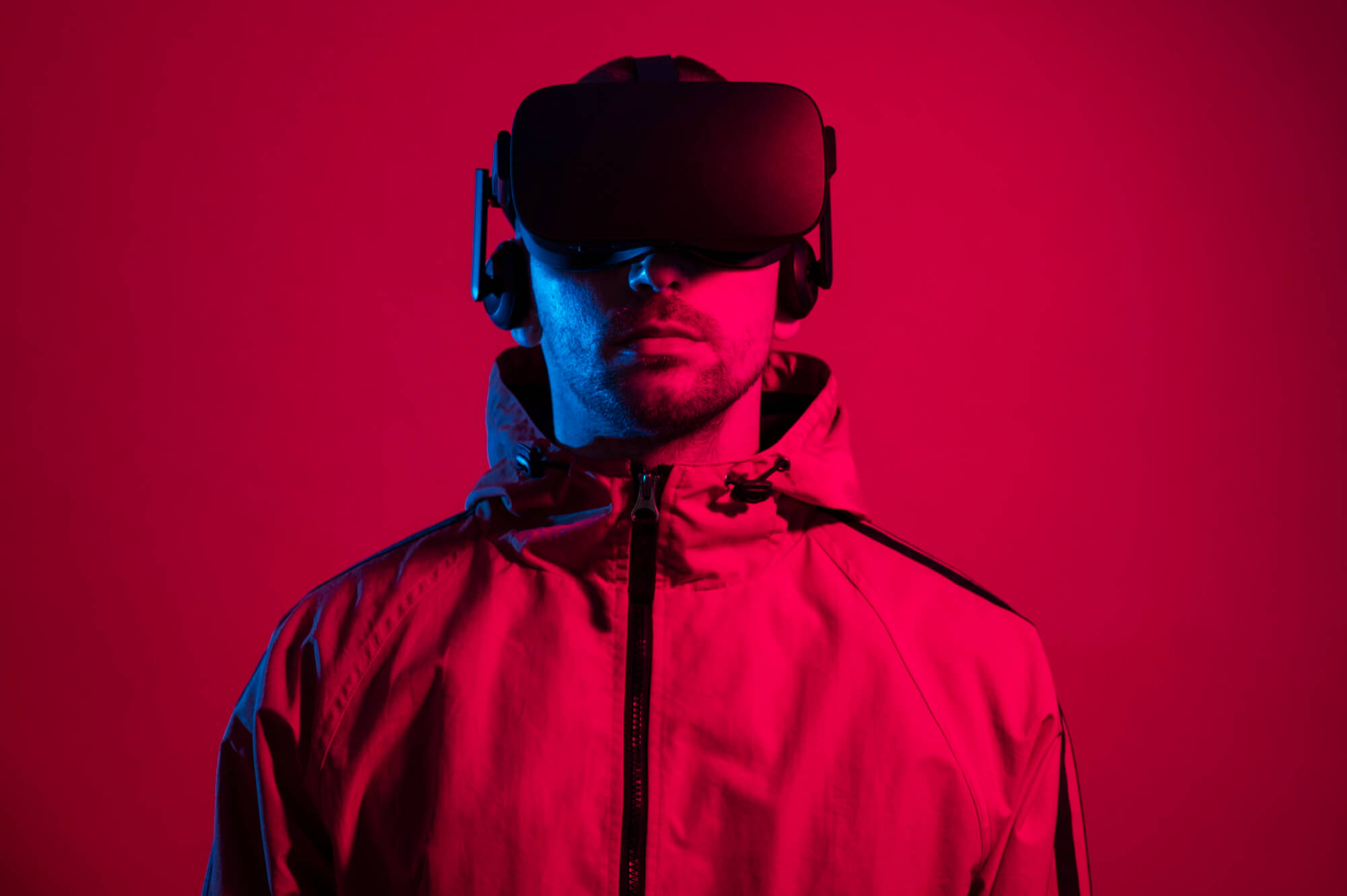Let me tell you about Chiang Mai. It’s not just a destination on a map for me; it’s a feeling, a collection of sensory imprints etched deeply onto my heart. Forget sterile travel brochures – this is the story of how the “Rose of the North” unfurled its petals and captivated me completely. Imagine stepping off the plane, the warm, humid air – thick with the scent of frangipani and something earthier, like distant incense – washing over you. It’s an embrace, immediate and undeniable. You quickly learn, especially if you visit outside the cool season, that this embrace can become a fervent hug. Yes, let’s be honest, Chiang Mai can get fiercely hot, particularly in the blazing afternoons of March, April, and May. The sun beats down with an intensity that demands respect. But here’s the beautiful secret: woven into the city’s ancient fabric are countless havens. Step off the sizzling pavement into the cool, air-conditioned embrace of places like Maya Lifestyle Shopping Center, Central Festival, or even the labyrinthine basement levels of the Night Bazaar itself. Suddenly, you’re sipping an impossibly sweet iced coffee, browsing exquisite handicrafts, or tucking into a bowl of noodles, the outside world momentarily forgotten. It’s a rhythm the city masters – the vibrant pulse of the streets balanced perfectly by these serene, cool oases.
And arriving here feels like stepping onto a global crossroads. Chiang Mai International Airport (CNX) is a genuine hub, buzzing with a constant flow of international travelers. You hear snatches of conversation in a dozen languages before you even collect your bag. You’ll share a songthaew ride with backpackers fresh from Laos, queue for temple tickets alongside families from Seoul, and discuss ethical elephant sanctuaries with Europeans over a shared table at a hidden cafe. This isn’t just a Thai city; it’s a vibrant international community, a melting pot where digital nomads tap away on laptops in stylish co-working spaces nestled beside centuries-old temples, and retirees from across the globe have found their peaceful slice of paradise. This confluence gives Chiang Mai an incredibly dynamic energy – deeply rooted in its heritage, yet vibrantly connected to the wider world.
My own journey into Chiang Mai’s soul began, as it does for many, with its temples. But Wat Phra That Doi Suthep wasn’t just a sightseeing stop; it was a pilgrimage. The climb up those 309 Naga-guarded steps wasn’t merely physical exertion; it was a shedding of the everyday. With each step, the cacophony of the city faded, replaced by the rhythmic chanting drifting down from above, the tinkling of temple bells carried on the mountain breeze, and my own focused breath. Reaching the summit, drenched in sweat but exhilarated, the panorama unfolded – Chiang Mai cradled in a valley of emerald green, framed by hazy blue mountains. The golden chedi, dazzling under the sun, felt less like an architectural marvel and more like a silent, radiant heartbeat. Inside the temple complex, the air hummed with devotion. I watched locals make meticulous offerings, their faces serene in the flickering candlelight. I sat quietly on the cool marble, absorbing the profound peace, feeling utterly insignificant yet completely connected. This wasn’t history behind glass; this was living faith, vibrant and palpable.

And Doi Suthep is merely the crown jewel. Wandering the streets of the Old City, enclosed within its evocative moat and crumbling brick walls, is like walking through an open-air museum dedicated to serenity. I’d turn a corner and stumble upon Wat Chedi Luang, its massive, partially ruined brick chedi whispering tales of earthquakes and past grandeur. I’d find quiet sanctuary in the exquisite wood carvings of Wat Phra Singh, where saffron-robed monks moved silently like gentle flames. One misty morning, I ventured into Wat Umong, the “Tunnel Temple,” its ancient, moss-covered stupas rising from the forest floor like something from a forgotten dream. The cool, dim tunnels, lined with faded Buddha images, induced a deep, almost primal calm. I spent an hour simply sitting there, listening to the drip of water and the distant cooing of doves. Each of Chiang Mai’s 300+ temples offers its own unique energy, its own story. You don’t just visit them; you experience them, allowing their ancient stones and sacred spaces to quiet your mind and stir your spirit.
Chiang Mai’s magic, however, stretches far beyond its city walls. The lush, rolling mountains surrounding it aren’t just a pretty backdrop; they’re an invitation to adventure, a lungful of cool, clean air. My trip to Doi Inthanon National Park, Thailand’s rooftop, remains vividly etched in my memory. Driving the winding roads, the air grew crisper, the vegetation lusher. Standing at the summit marker, literally amidst the clouds, the world fell away in a sea of green peaks. Hiking the Kew Mae Pan nature trail felt like entering a primeval forest – ancient rhododendrons twisted into fantastical shapes, moss hung thick from every branch, and the only sound was the crunch of our footsteps and the symphony of unseen birds. We picnicked beside the powerful Wachirathan waterfall, its spray a refreshing baptism. Later, visiting an ethical elephant sanctuary was a lesson in humility and respect. Seeing these gentle giants roam freely, bathing them in the river, feeling the incredible texture of their skin – it was a profound connection with nature, a world away from exploitative tourism. This is the gift Chiang Mai gives: the seamless blend of profound cultural immersion and breathtaking natural escape.
Then, as the sun dips below the horizon, Chiang Mai transforms. The famous Night Bazaar along Chang Klan Road erupts into life. Forget sterile shopping malls; this is an exhilarating, chaotic, utterly captivating sensory overload. The air thickens with the sizzle of street food – skewers of meat grilling, the rhythmic pounding of papaya salad (Som Tum) being made to order. The visual feast is relentless: mountains of colourful woven textiles, intricate silver jewellery catching the light, delicate paper lanterns in every shape imaginable, whimsical wooden carvings, and racks of flowing cotton pants in every conceivable pattern. The energy is infectious, a constant hum of bargaining (always done with a smile!), laughter, and the calls of vendors. I remember getting utterly lost down a tiny side alley, discovering a stall selling exquisite hand-painted umbrellas, each a miniature work of art. I bargained playfully with the elderly artist, her eyes crinkling with amusement, and walked away feeling like I’d secured a treasure and shared a genuine moment. And the food! Oh, the food! Chiang Mai is a culinary odyssey. I became utterly addicted to Khao Soi – that glorious tangle of egg noodles bathed in a rich, coconutty curry broth, topped with crispy noodles, pickled mustard greens, shallots, and a wedge of lime. The symphony of textures and flavours is pure comfort. I savoured Sai Oua, the fragrant northern Thai sausage bursting with lemongrass, kaffir lime leaves, and chilies, grilled to perfection. And mango sticky rice? Forget what you’ve had elsewhere. Here, the mangoes are impossibly sweet and fragrant, the sticky rice coconut-infused and warm, the combination sheer perfection eaten under the glow of fairy lights. I spent evenings perched on tiny plastic stools, sharing tables with strangers, pointing at unfamiliar dishes, and being rewarded with explosive new flavours. It’s democratic, delicious, and utterly essential to the Chiang Mai experience.
But Chiang Mai doesn’t just feed your stomach; it nourishes your soul with its festivals. I was fortunate enough to witness Yi Peng, the Lantern Festival, and it transcended anything I could have imagined. As darkness fell on the night of the full moon, thousands gathered by the Ping River. The atmosphere was electric, hushed with anticipation. Then, one by one, flickering lights began to rise. Soon, the sky was filled with thousands upon thousands of softly glowing paper lanterns, each carrying a hope, a prayer, a silent wish into the inky blackness. It was like watching stars being born, ascending gracefully, creating a river of light mirroring the water below. Tears welled in my eyes; it was pure, unadulterated magic, a collective expression of hope so beautiful it hurt. Months later, I plunged headfirst into the watery chaos of Songkran, the Thai New Year. For three days, the city becomes one massive, joyous water fight. Armed with water guns and buckets, everyone – locals, tourists, monks (gently!), police officers – is fair game. Trucks piled high with people and huge barrels of water patrol the streets, drenching everyone in sight. The moat becomes a giant swimming pool. It’s chaotic, soaking, and utterly, infectiously joyful. The heat vanishes under the deluge, replaced by laughter, music, and an overwhelming sense of shared celebration. It’s a physical baptism, washing away the old year amidst pure, unbridled fun. These festivals aren’t spectacles you watch; they’re experiences you are swept into, moments where the city’s spirit shines its brightest.
Now, to truly appreciate Chiang Mai’s present, you have to feel the weight of its past. Walking along the remnants of the old city walls, tracing fingers over the weathered bricks, I felt a tangible connection to 1296. This wasn’t just a city; it was the proud capital of the Lanna Kingdom. Imagine this valley seven centuries ago: a powerful, independent realm, its influence radiating out to Burma, Laos, and China. The strategic Ping River wasn’t just scenery; it was the lifeblood, a watery highway for trade and ideas that shaped this unique culture. You see that legacy everywhere – in the distinct curves of temple roofs, subtly different from Bangkok’s, in the intricate patterns of traditional Lanna textiles, in the softer, melodic lilt of the Northern Thai dialect. Chiang Mai wasn’t just built; it was cultivated as a spiritual and cultural heartland. Temples weren’t just places of worship; they were universities, community centers, repositories of art and knowledge. Standing before the imposing, earthquake-scarred ruins of the great chedi at Wat Chedi Luang, you grasp the ambition and the artistry of that era. The centuries brought turbulence – the conquest by Ayutthaya in the 1500s folded Lanna into a larger empire, periods of decline under shifting rulers, the struggles and resilience of a people fiercely proud of their heritage. Then, in the late 19th century, a crucial link: the iron ribbon of the railway snaking its way from Bangkok, courtesy of King Rama V. This wasn’t just convenience; it reconnected Chiang Mai to the modern Thai nation, revitalizing its spirit while anchoring its unique identity. That historical journey – from powerful kingdom to regional hub, through challenge and revival – is the bedrock upon which the modern, vibrant, welcoming Chiang Mai stands. You don’t just learn this history; you feel it in the air, see it in the architecture, hear it whispered in the quiet corners of ancient wats.
Leaving Chiang Mai is always bittersweet. The scent of jasmine and street food lingers on your clothes. Your camera is full, but it’s the intangible moments that resonate deepest: the profound peace of a misty temple morning, the adrenaline rush of dodging a Songkran water cannon, the shared smile with a vendor over a perfectly ripe mango, the cool relief stepping into a bustling mall after the midday furnace blast, the realisation while sipping coffee next to someone from five different countries that this truly is an international crossroads. It’s a city that offers profound spirituality and joyful chaos, ancient serenity and modern convenience, challenging heat and refreshing escapes, all wrapped in breathtaking natural beauty. It challenges you with its heat, rewards you with its cool sanctuaries, dazzles you with its history, feeds you like royalty, and connects you to a global tribe of fellow travelers. It doesn’t feel like a place you merely visited; it feels like a place that has touched you, changed you subtly. Chiang Mai isn’t just the “Rose of the North.” For me, it became a sanctuary, an adventure, a feast, and a cherished chapter in my own story. It’s the kind of place that calls you back, whispering promises of golden temples against mountain silhouettes, the sizzle of Khao Soi, and the unforgettable sight of a thousand lanterns ascending into a starry sky. I left a piece of my heart there, nestled beside the Ping River, and I know, with absolute certainty, that I’ll return to find it.








